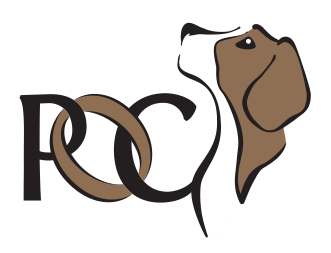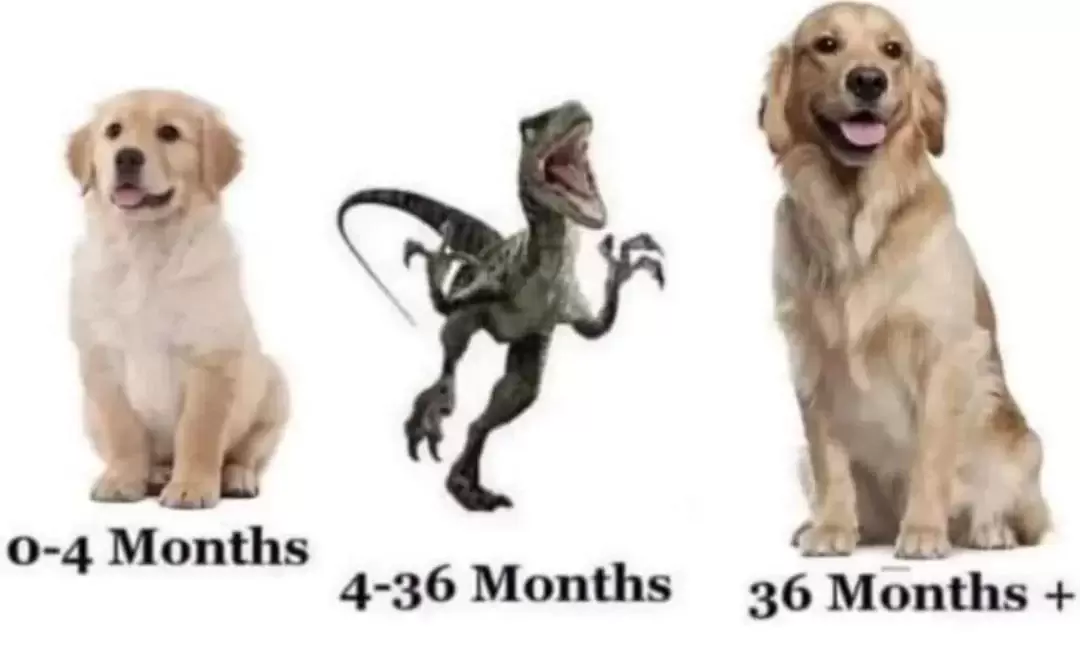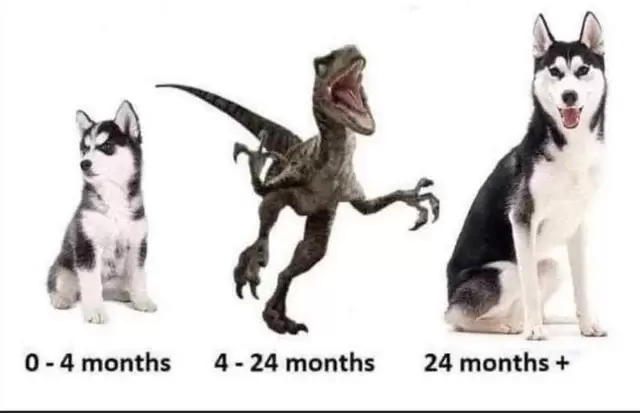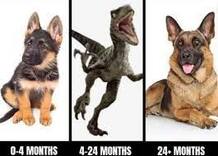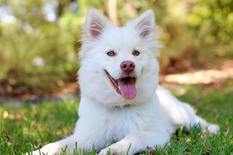|
As I live with a new puppy again, there are a few things I find myself very grateful for, and if you have or planning to add a new puppy to your household, you may find them helpful as well. Teddy / Snuggle Puppy
When considering getting a puppy, people often think about housetraining, chewing, and puppy biting. But what is much less commonly talked about is the adolescent stage of development, when your teenage dog stops coming when called, starts running off or barking at things they never cared about before. You may have seen these memes, they exist in a variety of dog breeds. And they exist, because there is a relatable truth inherent in them, even if somewhat exaggerated.
Adolescent dogs often
Why? Because adolescence is the time that they are experiencing sexual maturity, but haven't yet reached social maturity. Their brains aren't fully mature yet, and are undergoing a tremendous amount of neuronal growth and pruning as they experiment with new behaviours and investigate their world. 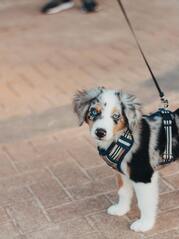 Socialization is important Back in the 1980s when Dr. Ian Dunbar started doing puppy classes, one of the things that he emphasized was getting puppies out to see the world, socializing them to things that they would experience later in their lives. And this remains important today. Puppies that are not taken out in public until they are older have a much higher likelihood of being afraid of all the new things they see, hear and smell because those new things were not part of their world during the critical socialization period - the point in a puppy's life when their brain is primed to accept things as normal. And when is this window? It varies depending on which expert you talk to, with some saying that it ends at 12 weeks of age and others saying it lasts up to 16 weeks of age. Odds are good that it varies between puppy to puppy because they are individuals. And it doesn't mean that we can breath a sigh of relief and settle in at home once our puppy reaches 16 weeks of age, we should still maintain the puppy's exposure to things so they continue to view them as normal. It does mean that similar to how children's brains learn new languages faster than adult's brains, the brains of puppies under the age of 16 weeks are primed to accept things they see as normal parts of life. After 16 weeks of age, a new thing is much more likely to be greeted with suspicion. More and more we are recognizing the importance of socialization, and balancing it with the need to protect our puppies from infectious diseases. It is always important to weigh the risks and benefits of going different places with your puppies. The greater the number of dogs of unknown vaccination status that frequent an area the higher the risk to your puppy. For that reason, high traffic areas such as dog parks are not recommended. However, if we go to the other extreme and keep our puppies on our own property until 16 weeks of age we are at a much higher risk of them becoming fearful so it is a matter of weighing the risks for your individual situation. But it's not the whole story
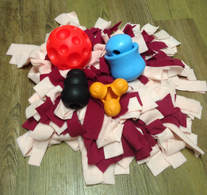 If you’ve ever walked in a pet store you’ve probably had that feeling – wow, look at all the great toys! How do I decide? If you have a strong, determined chewer, you’ve probably also sighed knowing you can strike most of the toys off your list if you want one that lasts longer than 5 minutes. Rope Toys A good choice for playing tug and for teething puppies. Some dogs will toss these around and amuse themselves. My dogs like to sit down and snap all the treads, so I need to supervise and frequently inspect the toy for signs it is too damaged and needs to be replaced. 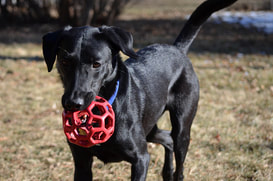 Balls Available in a variety of styles – squeaky, tennis, chuck it etc. Some dogs LOVE playing ball and will fetch for hours. Others will look at you and wonder why you threw it away if you just want it back after all. One thing to watch out for is that some balls (such as tennis balls) can promote wearing of your dog’s teeth possibly due to the abrasiveness of the cover. I’ve had good luck with the balls made by West Paw, Kong also makes a ball in addition to their signature ice cream scoop shaped toys. Squeaky Toys These toys come in a wide variety of shapes and materials. Some dogs will carry them around and treasure them for years, while others won’t rest until the squeaker has squeaked its last squeak. If your dog is likely to attempt to remove the squeaker from the toy, it is best to supervise any play with these toys and be prepared to trade your dog for the toy when it is time to remove the squeaker or replace the toy. There is a company making stuffing free fuzzy squeaky toys, and once my dogs remove the squeakers they will continue to play with these toys as tug objects. 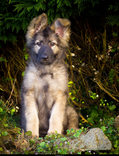 When people watch me train puppies, they often ask me when I'm going to say the cue word "down" or "stand" because when I'm first teaching a puppy these behaviours I do it silently. Why do I choose to just use food to get the puppy to do what I want rather than giving a cue word with the lure? Sometimes puppies aren't sure about lying down, especially in a new place with other things going on. I don't want the puppy to practice ignoring my words, learning that what I say has no relevance to them. Do you remember the Charlie Brown tv cartoons? They had a teacher in the cartoons that only spoke in sounds, not actual words. When she spoke it was just "wah wah wah". I don't want to be that teacher.
This can apply to so many other behaviours, especially those with props such as a perch where the prop itself provides a cue. So next time you want to teach your dog a new behaviour, think about whether you can set up the situation to explain to your dog what you want so that you can get the behaviour to look the way you want it to before you attach a name to it.
Happy Training, Rosemary |
Categories
All
Archives
May 2024
|
Online Learning Class Schedule Puppy Classes Manners Classes Sport Classes Scent Classes Agility Classes Private Lessons
Copyright 2020 Positively Obedient Canines
